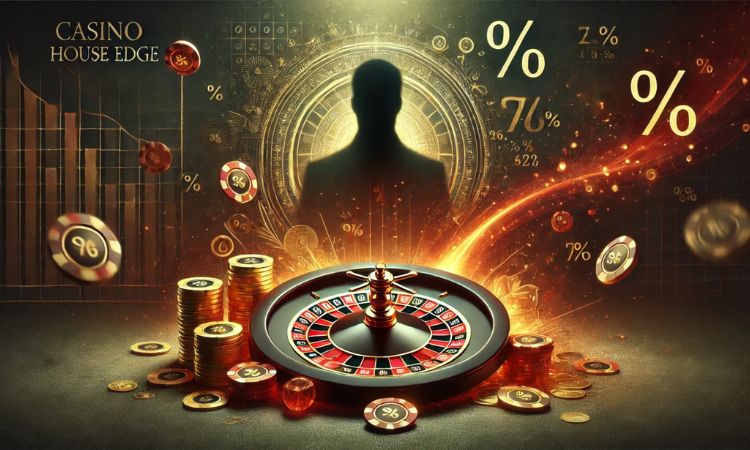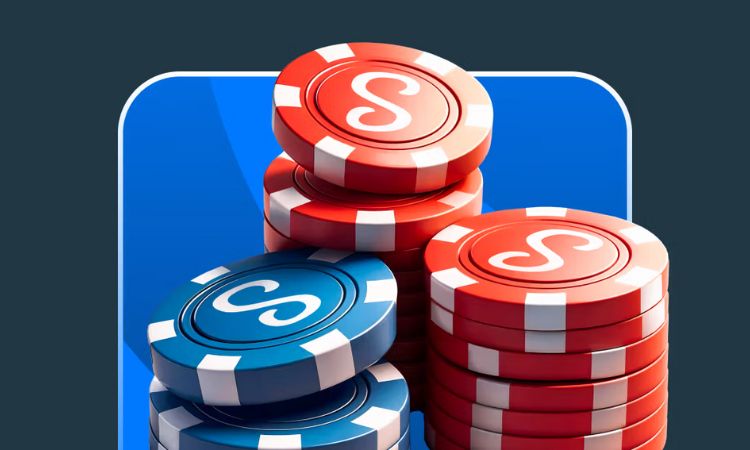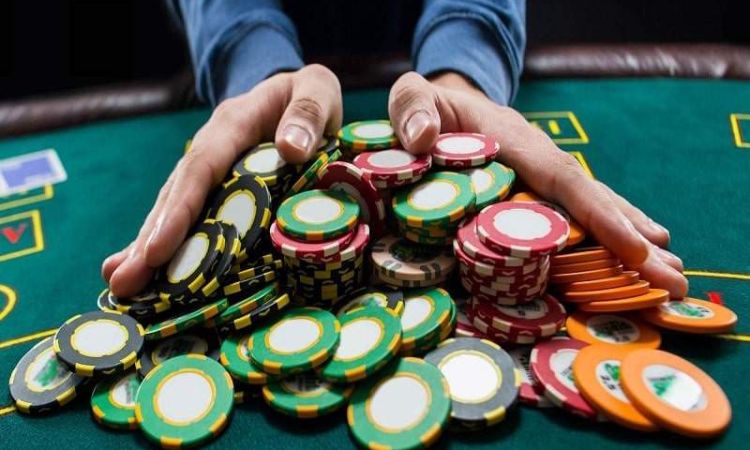In the world of casinos and betting, there is a term that is always mentioned as a vital factor that helps the house maintain long-term profits – that is House Edge. This is the reason why even if the player wins big in the short term, the house still maintains the advantage in the game in the long term. So what is House Edge? And why does it always ensure the house wins? The following article by In 999 will help you understand the nature, calculation and practical application of this index.
1. What is House Edge?
House Edge is a term used to describe the mathematical advantage that the house has over the player in any game at a casino or betting platform. It is usually expressed as a percentage and reflects the average profit that the house can earn from each bet of the player over a long period of time.
For example, if a game has a House Edge of 5%, it means that on average, for every 100 units bet, the house will earn about 5 units of profit over time.
Similar to RTP, the House Edge is not applied to a specific game but is calculated based on a large number of games, reflecting the probability of the house profiting in the long term.

See more:
- What is Payout Percentage (RTP)? How to Read and Apply When Choosing a Game
2. How House Edge Works
House Edge is not a trick, but a legitimate and transparent part of the game’s rules. The House Edge mechanism is based on the difference in probability between the payout to the player and the actual probability of the outcome occurring.
Specific example:
In European Roulette (with 37 slots), if you bet on a specific number, the probability of winning is 1/37 (≈2.70%).
However, if you win, the house only pays 35 times the bet.
Mathematically, a fair payout should be 36 times, but the house only pays 35 times to retain a profit margin of 2.70%.
3. Why is the house always profitable?
Reason 1: Careful probability calculation
All betting games are designed based on a probability model that is accurate to the number. The house only offers games with a positive House Edge – meaning that in the long run, they always make a profit, regardless of whether the player wins or loses in each session.
Reason 2: Large number of players
Although a few players may win big in the short term, thousands of other players lose, helping the house make an overall profit.
Reason 3: Player Psychology
Many players believe that they can beat the system with luck or strategy. However, in its mathematical nature, the House Edge is always present and cannot be completely eliminated.

4. Comparing House Edge Across Different Games
Not all casino games are created equal when it comes to House Edge. Each game is designed with a different mathematical advantage for the casino. Understanding the differences allows players to make more informed decisions.
Here is a comparison of the average House Edge in some popular games:
| Game | Estimated House Edge |
| Baccarat (Banker bet) | ~1.06% |
| Blackjack (basic strategy) | ~0.5% |
| European Roulette | ~2.70% |
| Slot Machines (varies) | ~2% – 10% |
| Keno | ~20% – 30% |

As the table illustrates, the lower the House Edge, the better the odds for the player over time. Games like Blackjack and Baccarat (especially the Banker bet) offer some of the best returns for those who follow optimal strategies. On the other hand, games like Keno and certain slot machines have high House Edge percentages, making them more favorable for the casino in the long run.
For strategic players, it’s wise to focus on low-edge games while also considering entertainment value and personal preference.
5. How to calculate House Edge
House Edge is usually calculated using the formula:
House Edge = (Theoretical Payout – Actual Payout) / Theoretical Payout x 100%
For example:
A game has a winning probability of 1/38 but the house only pays 35:1 instead of 37:1.
When calculating, the retained profit is the House Edge.
In addition, some games have a payout table that does not reflect the probability correctly, which further increases the advantage for the house.
6. House Edge and RTP – The relationship to understand
RTP (Return to Player) and House Edge are two closely related concepts, reflecting two sides of the same problem:
RTP = 100% – House Edge
For example: Slot game has RTP 96%, then House Edge is 4%
From the player’s perspective, the higher the RTP, the more beneficial it is.
From the bookmaker’s perspective, the higher the House Edge, the greater the profit.
Conclusion
House Edge is the core factor that helps the bookmaker maintain stable profits, regardless of the individual wins or losses of the players. Understanding this concept will help you:
Know how to choose the right game
Manage expectations when participating in betting
Develop a playing strategy that suits your budget and goals
Although it is impossible to completely eliminate House Edge, you can completely minimize the risk by choosing wisely and understanding the nature of the game you participate in.
